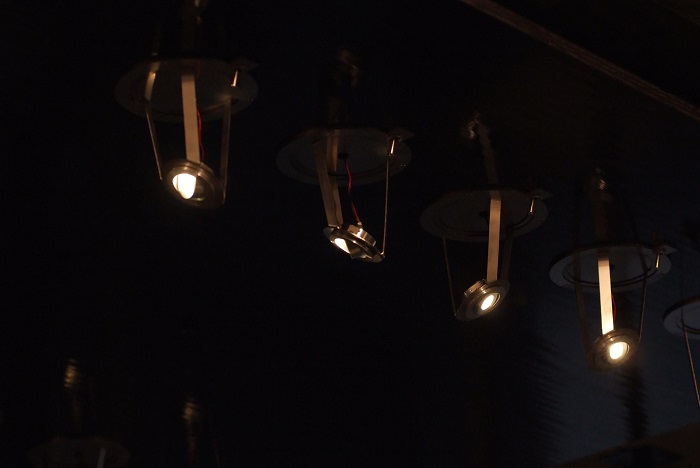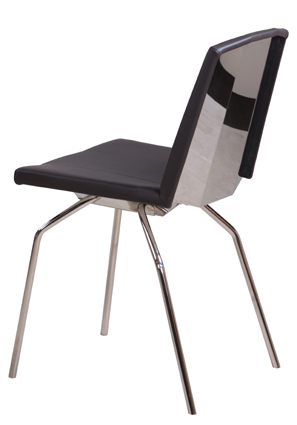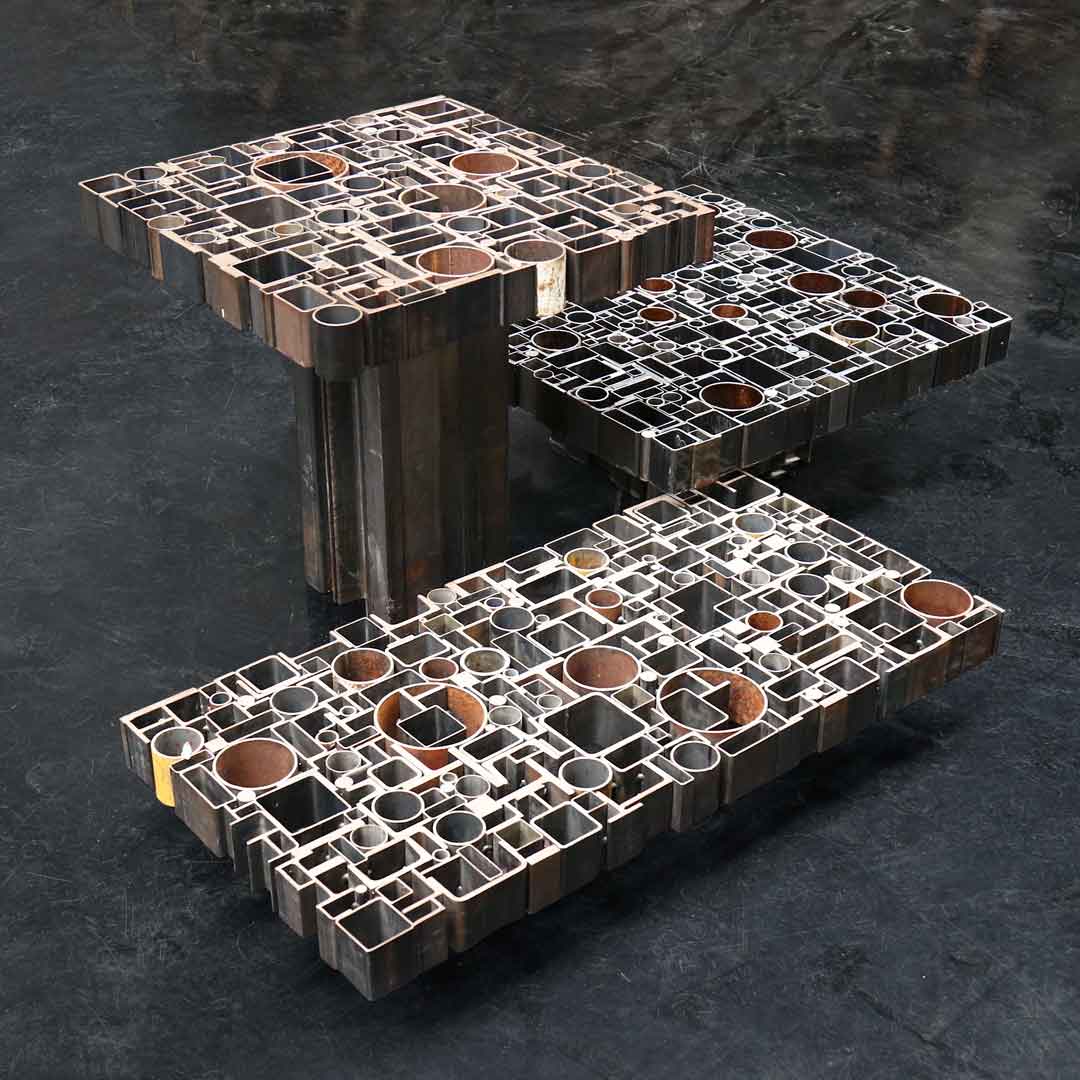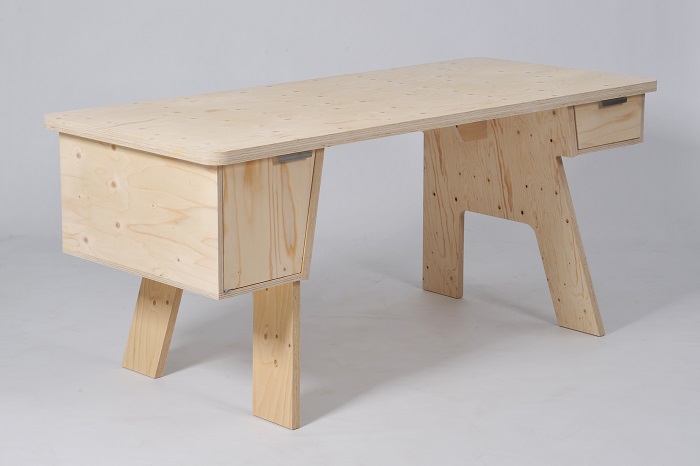We have now reached the end of a period during which appreciation of design and designers was largely determined by appreciation of ideas, something you would think would be one of the core tasks of a designer. In the media, at educational institutions, everywhere it seems, all that mattered was the ‘idea’. As a result, quite a few interesting ideas appeared on the market for a rather long period of time that, for some reason or other, were unjustified and, at any rate, contributed little to the development of an individual oeuvre. In fact, the entire system encompassing the profession of ‘designer’ encourages a poor working method. You are expected to come up with new ideas again and again, preferably for the trade show in Milan or other events. Every year, last year’s ideas are considered outdated and no longer of interest.
Many designers also work for companies, forcing them to have to pore over the company traditions and possibilities. The products presented within this system are the ones that receive the most attention in the media, since the media also appears to only be interested in new ideas. Of course, this does not at all mean that this is the way it has to be, or that nothing else is appreciated. On the contrary, alongside the apparently dazzling successes of flash-in-the-pan ideas, there is fortunately enough room and attention for more enduring products and ideas.
At our company, products are developed continuously since, after all, that is what I do, so we have no shortage of designs and ideas. It was not so very long ago that almost everything we produced was based on a drawing. But it turned out that I was the only one who found this situation ideal. The guys in the workshop were constantly given new orders and targets. But you cannot keep producing unique items year in, year out; you need routine work as well. So we decided to start selling our products abroad to allow us to make more of the same but without altering our working method. Now that the company has grown, we are producing more than ever before, but the proportions are much healthier now, resulting in a less stressed organisation.
Spotlights
Ideas often develop simply because a problem needs solving. These kinds of ideas must first and foremost be feasible in order to keep costs reasonable. So we work with materials and techniques we have already mastered. This was how the solution for the spotlight for the tree-trunk writer’s shack came into being. It is a very simple idea involving LED lights. We now plan to create a series of these lights, with various light sources and applications.
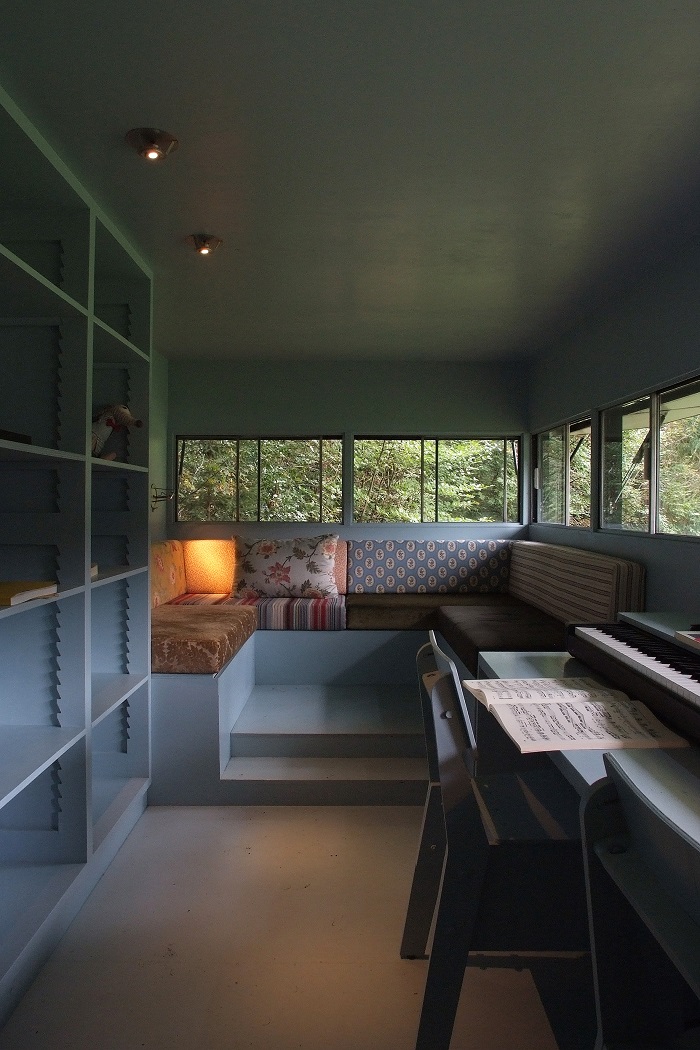
Glossy chair
The only chair we have that goes with the scrap table is the oak chair made of scrap wood. It’s far more comfortable than you might think, but is not particularly luxurious and goes with the table a little too well. So I had been looking for a chair for some time that was totally different, yet would still go together well with the table. I eventually came up with a design involving an upholstering idea I had had for a while and the nickel-plated reissue of the glossy arm chair. In addition to the chair in its current design, we are also going to produce a tub chair with armrests and an office version. Strangely enough, we have not yet decided whether it is or will become an attractive product, but the overall look and details are engaging, almost objectionable, and therefore of interest to us.
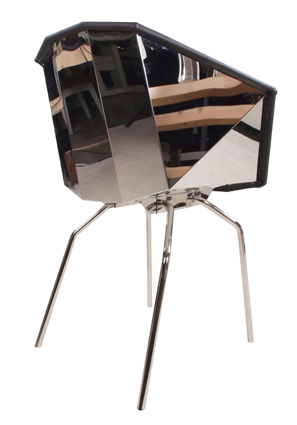
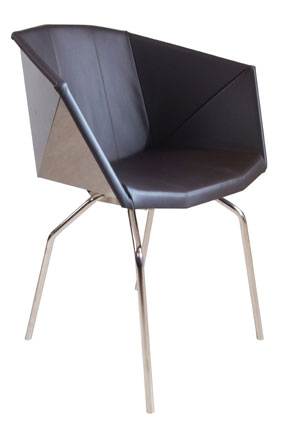
Waste coffee tables
Production involves waste. Materials are often discarded that might be of value, but too labour-intensive to process cost-effectively. Labour is over-valued in relation to raw materials. This will balance out on its own, however, as we rapidly approach the last tree. Reversing the value of labour and materials (waste) was the original inspiration behind the first waste-based products. But there continue to be disturbingly unnecessary waste flows within the company.
One of these is construction steel waste, which is always available and comes in a wide range of sizes and shapes. So we decided to find a use for it. We ended up cutting all the pieces the same length and welding them together. As with the other waste-based products, the work itself is sheer drudgery because the material itself governs the process, but this inconvenience is minor compared to the final look.
The Glass Museum
A little while back, we developed an extremely simple set of display cases in glass and steel for the Glass Museum. We have already finished several of them and the remaining cabinets, including enormous wall units for on the footbridges, will be produced later this year. But the museum cannot function with these cabinets alone. Tables, cabinets, counters, lockers, presentation columns and much more are also needed. And naturally this costs money, a lot of money.
So we were asked to develop a carpentry kit that we could put together ourselves at very low cost or, alternatively, have volunteers put together. We have already finished the initial pieces for a trade show presentation by the Glass Museum. They are easy to create and, equally as important, very easy to produce. The likelihood that the museum can open early next year with all the bells and whistles and, with a bit of luck, a beautifully designed interior that has not cost an arm and a leg is a little greater now.
Children’s furniture
It is not often that we are asked to make large numbers of pieces in the same style when furnishing a home interior. I personally believe an interior should be allowed to grow as organically as possible, and that people need to develop and pursue their own ideas. But sometimes it’s worth doing, since multiple items are needed and it all comes together nicely. So, for a family with 7 sons, we designed and produced not only the kitchen, utility room, cloakroom, wardrobe, information board and tables and chairs, but also 7 cabinets, 7 beds and 7 desks. No small order. The pieces are a sort of variation on the Crisis furniture line, but much bulkier and with a number of added details.
Christmas tree and Butterfly sculpture with Guido Geelen
The first time our work came together was at a trade show when Guido’s sculptures were placed on one of my cabinets. Guido later asked me to design crates for his sculptures. The crates were to be used both for transport and as pedestals. We also designed and produced the interior furnishings for several exhibitions. Working together, mulling over problems and solutions: none of this takes much effort for either of us.
We are currently working on two projects based on the notion that the contribution of the one is vital for the other. The initiative for the work continues to lie with Guido, although it has gradually shifted towards the both of us. Our partnership yields a dynamic that appears to surpass the quality of a traditional sculpture. The sculptures are not yet finished but already intriguing.

The Christmas tree will be produced in an edition of eight, with four artist’s proofs. Pricing will be on an ascending scale, i.e. the first buyer pays the least amount. The Butterfly sculpture is the first in a group of numerous figures. The total number of sculptures depends on the butterfly classification worldwide. The exact prices are still to be determined.
This post is also available in: NL
« Back to blog